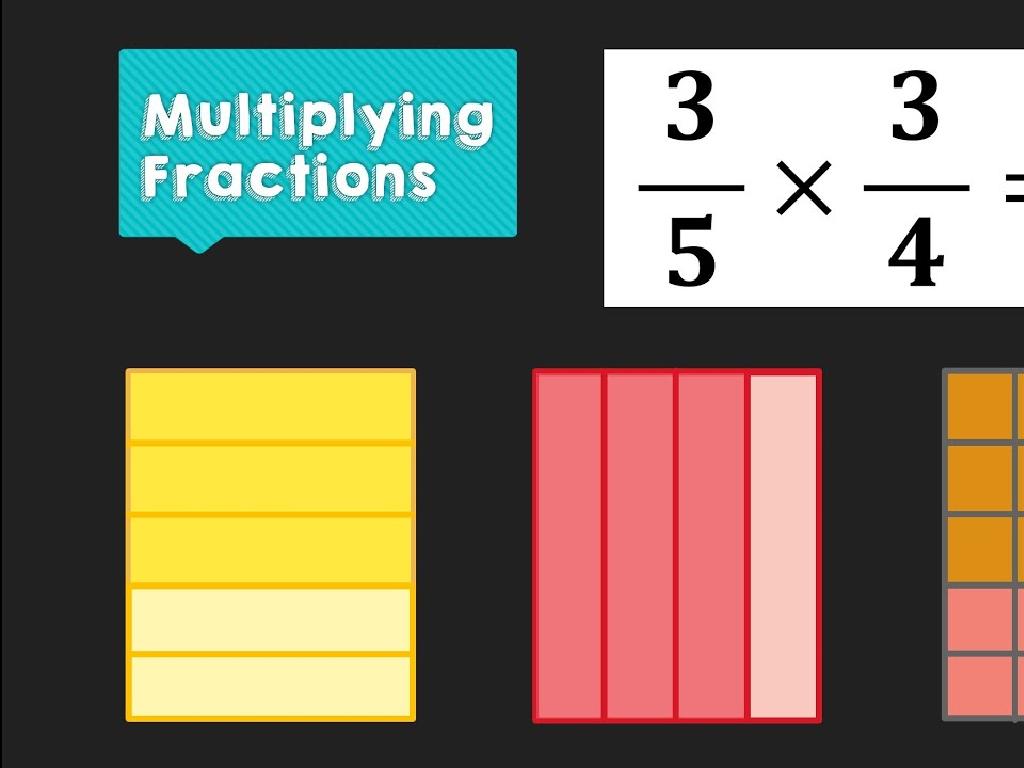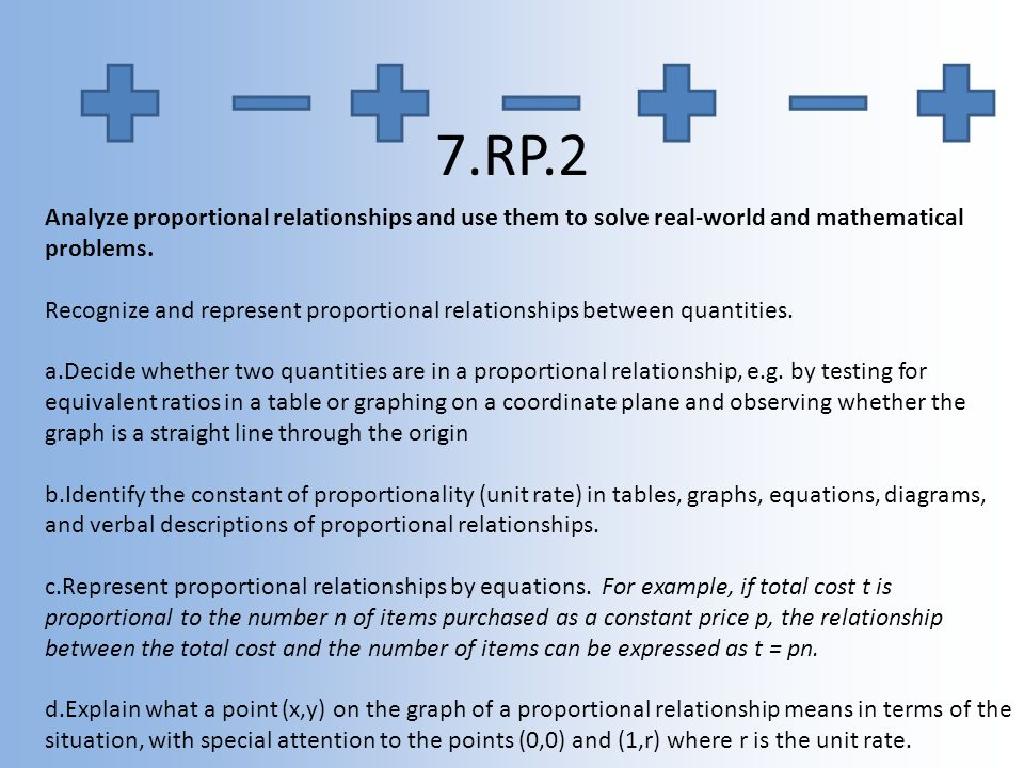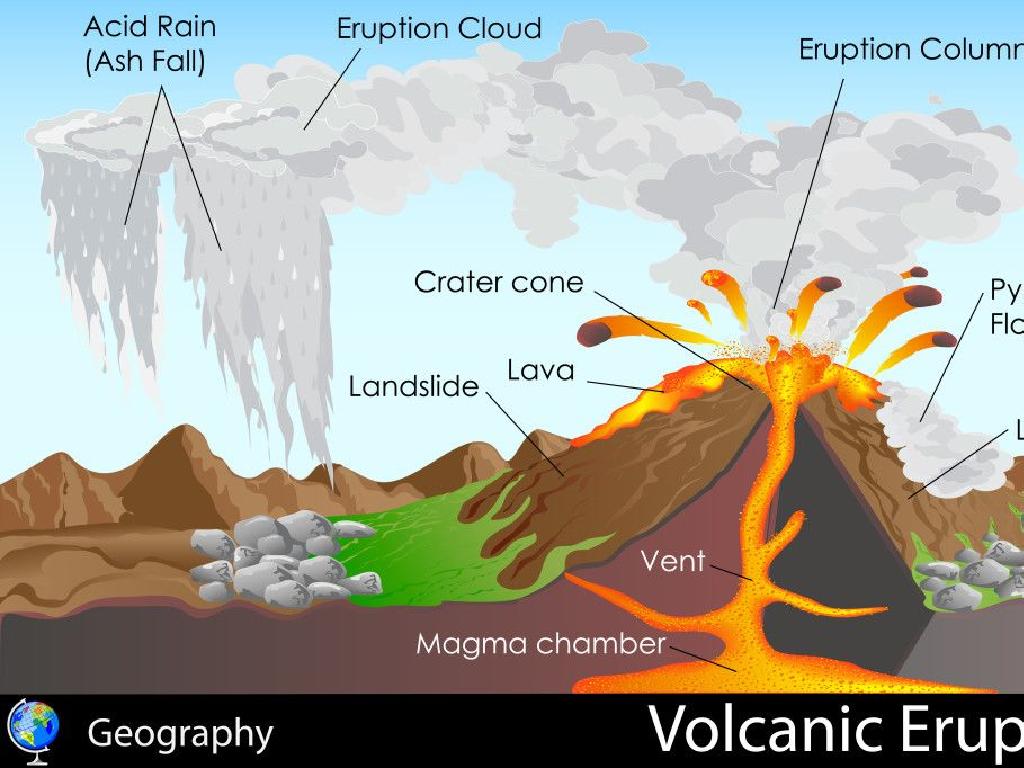Analyze Passages From Travels With Charley: Part 1
Subject: Language arts
Grade: Seventh grade
Topic: Nonfiction Book Study
Please LOG IN to download the presentation. Access is available to registered users only.
View More Content
Exploring ‘Travels with Charley: In Search of America’
– Nonfiction literature basics
– Nonfiction is factual writing about real events and people.
– Introduction to Steinbeck’s journey
– Steinbeck’s travelogue across America with his poodle, Charley.
– Grasping the context of the book
– Set in the 1960s, Steinbeck explores various American cultures.
– Analyzing key passages
– We’ll examine how Steinbeck’s observations reflect societal views.
|
This slide introduces students to the genre of nonfiction through John Steinbeck’s ‘Travels with Charley: In Search of America.’ Begin by explaining the characteristics of nonfiction literature, emphasizing its basis in fact. Introduce Steinbeck’s work as a travelogue that offers insights into American society and culture during the 1960s. Encourage students to consider the historical and social context of the book to enhance their understanding. The class will analyze specific passages to see how Steinbeck’s experiences and observations provide a window into the America of his time. This analysis will help students develop critical thinking skills and understand the use of nonfiction as a literary tool to convey real-world experiences.
Understanding John Steinbeck
– John Steinbeck’s life journey
– Born in 1902, Steinbeck won the Nobel Prize in Literature in 1962.
– His impact on American literature
– His works capture the spirit of the American experience during the early 20th century.
– Steinbeck’s unique literary style
– Known for vivid descriptions and deep empathy for his characters.
– Engaging with Steinbeck’s narrative
|
This slide aims to provide students with a foundational understanding of John Steinbeck, an influential American author. Begin with a brief biography, highlighting his early life, major works, and accolades, including the Nobel Prize. Discuss how Steinbeck’s writing has shaped American literature, particularly through his portrayal of the working class and his exploration of social issues. Delve into his literary style, characterized by rich descriptions and a strong emotional connection to his characters. Encourage students to think about how Steinbeck’s style is reflected in ‘Travels with Charley’ and how it influences their understanding of the text. This discussion will set the stage for a deeper analysis of the passages from the book.
Setting the Scene in ‘Travels with Charley’
– Steinbeck’s journey with Charley
– An author’s road trip across America with his poodle
– Purpose behind the travels
– To rediscover the country and its people
– Understanding a travelogue
– A travelogue records personal experiences and reflections
– Reflecting on Steinbeck’s insights
|
This slide introduces students to John Steinbeck’s ‘Travels with Charley’, setting the stage for a deeper analysis of the text. Steinbeck embarks on a journey with his poodle, Charley, to explore America and gain a fresh perspective on its culture and landscape. The purpose of his travels is to reconnect with the country’s identity and document his observations. A travelogue, like Steinbeck’s work, offers personal insights and detailed accounts of the places visited, making it a rich resource for understanding societal nuances. Encourage students to think about what insights they might gain from such a journey and to consider the value of personal experiences in understanding the world.
Analyzing ‘Travels with Charley: Part 1’
– Read selected passages
– Focus on understanding the context and narrative
– Identify key themes
– Themes like exploration, companionship, and discovery
– Discuss Steinbeck’s insights
– Steinbeck’s observations on American culture and environment
– Reflect on Steinbeck’s journey
– Consider how the journey changes Steinbeck’s perspective
|
This slide is aimed at guiding students through an analytical reading of ‘Travels with Charley: Part 1’. Students should read carefully chosen excerpts to understand the context and narrative style. They will identify and explore key themes such as exploration, companionship, and the nature of discovery. The discussion will revolve around Steinbeck’s observations and reflections on American culture, society, and the environment he encounters. Encourage students to think critically about how Steinbeck’s journey and the people he meets influence his views. This will help students appreciate the depth of nonfiction writing and its power to convey complex ideas and observations.
Literary Devices in ‘Travels with Charley’
– Imagery & descriptive language
– Steinbeck paints vivid pictures in the reader’s mind
– Metaphors and similes
– Comparisons that add depth to descriptions
– Steinbeck’s tone & perspective
– The author’s attitude and viewpoint throughout the narrative
– Analyzing literary effectiveness
|
This slide aims to delve into the literary devices Steinbeck uses in ‘Travels with Charley’. Focus on how imagery and descriptive language create a vivid picture for the reader, making the scenes more memorable. Discuss metaphors and similes, and how they are used to draw comparisons that enhance the reader’s understanding and connection to the text. Identify the tone and perspective of Steinbeck, considering how his personal views and feelings are conveyed through his writing style. Encourage students to think critically about how these devices affect their reading experience and understanding of the text. Provide examples from the book to illustrate each point and ask students to find their own examples as well.
Critical Thinking: Steinbeck’s America
– Steinbeck’s view of America
– What insights about American culture and society does Steinbeck offer?
– Relating journey to personal experiences
– How do the events and observations in the book mirror our own life’s journeys?
– Group discussion on journey’s impact
– Discuss how Steinbeck’s travels affected him and us as readers.
– Reflect on Steinbeck’s insights
– Consider what Steinbeck’s observations tell us about our own time and place.
|
This slide prompts students to engage in critical thinking about John Steinbeck’s ‘Travels with Charley’ and its broader implications on their understanding of America. Students should consider Steinbeck’s perspectives and compare them with their own experiences and the current state of society. The group discussion is an opportunity for students to articulate their thoughts on how the journey has transformed both the author and the reader, fostering a deeper connection with the text. Encourage students to think about the relevance of Steinbeck’s observations to today’s America and to their personal growth. This activity aims to enhance their analytical skills and promote empathy through literature.
Class Activity: Crafting Your Travelogue
– Create your own travelogue
– Use descriptive language
– Include sensory details and vivid adjectives
– Reflect on your journey
– Express thoughts, feelings, and insights gained
– Share with peers for review
– Gain feedback and perspectives from classmates
|
In this activity, students will engage in creating a travelogue, which can be based on a personal experience or an imaginative trip. Encourage them to use descriptive language that appeals to the senses and to include personal reflections that convey their emotional journey. After writing, students will share their travelogues with the class to practice their presentation skills and to participate in peer review. This will not only help them improve their writing through constructive feedback but also allow them to appreciate different viewpoints and experiences. Provide guidance on how to give respectful and helpful feedback. Possible activities for different students could include illustrating their travelogue, creating a digital presentation, or even dramatizing a part of their journey.






